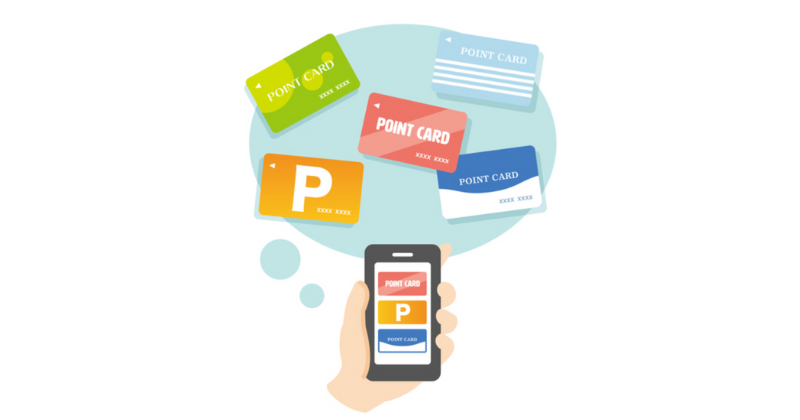Could Loyalty Programs Loosen Inflation Tight Purse Strings?
Over 90% of companies in the U.S. have some type of loyalty program. You’ve probably seen loyalty programs at the grocery store, coffee shop, and clothing retailers, but these kinds of programs can help any business (big or small) turn satisfied customers into repeat customers. And during financially lean times, deploying a high-quality loyalty program can help you earn the hard-earned cash of frugal consumers.
Loyalty Program Benefits
We all know that a well-run loyalty program is valuable to consumers, but how do loyalty programs benefit businesses?
Deeper customer understanding.
When customers use loyalty programs, businesses can collect data on their spending habits as well as important demographic information. And the data collected can help illuminate which marketing campaigns are most effective.
Improved sales.
Many loyalty program users will purchase more products/services especially if you offer valuable deals and coupons for what interests them the most.
Improved and long-lasting customer relationships.
Consumers who engage with your loyalty program are more likely to return to your brand repeatedly.
Create brand communities. Well-designed loyalty programs will help cultivate a community around a brand’s identity and products/services. Getting consumers to talk about your company is more valuable than an advertisement.
Important Facts
Over 50% of American consumers will join the loyalty program of a brand they buy from often.
To get the most out of a loyalty program, 66% of consumers will change their purchasing behavior.
Loyalty programs are used across generations: 70% of Millennials, 71% of Generation X, and 63% of Baby Boomers say that what they purchase is influenced by the loyalty programs they belong to.
However, Generation Z has the lowest number of people participating in the loyalty programs (59%). Loyalty programs may need to be adapted to speak to this generation’s needs and values.
Probably one of the most important statistics is that only 44% of consumers using loyalty programs are satisfied with them. That means there’s room for improvement. We’ll get to that later; let’s first explore some of the most common types of loyalty programs.
Tiered loyalty program
This kind of program offers various levels to participants. They might offer bronze, silver, and gold with the gold level offering more benefits than the bronze and silver. They might also offer free and paid levels.
Example: Sephora’s Beauty Insider loyalty program
Sephora offers a loyalty program tier for different kinds of consumers.
Subscription-based loyalty program
This program type requires that the participant pay for the service/product upfront in exchange for some benefit(s). These types of programs automatically renew at the end of the subscription period (unless the subscriber cancels) so they help the business retain paying customers and sustain a predictable income stream.
Example: Costco
Costco offers three tiers with more or fewer benefits depending on the price point.
Value-based loyalty program
This program type doesn’t always offer tangible benefits (e.g., discounts, perks, deals and freebies) but they do offer program participants an opportunity to financially align with a mission or worldview they believe in.
Example: PCC Community Markets
Blume offers points for following their brand account on Instagram and leaving a review.
It’s important to note that a loyalty program could be a value-based program and a tiered program or a tiered program and subscription program etc. And it could also have innovative qualities that haven’t been seen before. It’s all up to the business to create a loyalty program that’s the best match for their customers.
Make Your Loyalty Program Shine
Loyalty programs are powerful tools for getting repeat business but many consumers are underwhelmed by the deals and offers. Here are a few tips on how to get your loyalty program to stand out from the pack.
Don’t be stingy.
Skimping on the perks and benefits of your loyalty program is a mistake. Look at the data and do the math, then offer deals on the products/services that matter (the everyday necessities that are becoming more expensive for the average consumer).
Make it easy.
Don’t make consumers work hard for their deals. If you have an app where you offer deals, also make those deals accessible on your website. No one wants to download an app for every loyalty program they belong to.
Be transparent.
Notify your loyalty program participants when sales begin and when they end. Over 40% of consumers said they would be more likely to purchase a product if the brand texted them when a sale was about to expire.
Turn points into cash.
If you have a points-based loyalty program, consider allowing consumers to use their points to purchase any product/service without restriction. During inflationary times, a points-to-cash system can help them stretch their dollar.
Offer a gift.
Offer a gift to new members and existing members who renew early. But don’t offer something cheap (e.g., plastic mugs, key chains, and other junk). Give it some thought and offer a gift that people really want.
As you develop, roll out, or refine your loyalty program, be open to feedback and don’t be afraid to experiment and eliminate what isn’t working.
Seattle Bankruptcy Attorneys
Do you have questions about and bankruptcy and business law? Contact the experienced Seattle bankruptcy attorneys at Wenokur Riordan PLLC today at (206) 724-0846 to discuss your situation.





